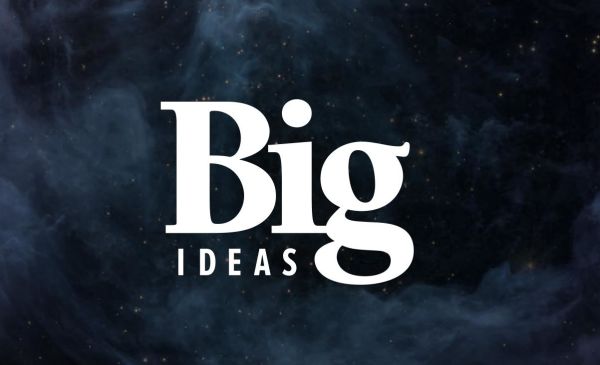
Artificial Intelligence has transformed most of the industries from finance to healthcare, digital advertising is no different. The presence of AI technology can be witnessed at every step, right from the creation of ads to target potential customers at the right moment. AI has something to offer for all key players, be it the advertiser, publisher or consumers. Adapting AI technology enables the brands to gain a competitive advantage in the marketplace. Let’s understand what AI is and how it has revolutionized the world of digital advertising.
Artificial Intelligence is a technology that enables machines to learn over time, with or without human intervention. Machines powered by AI are intelligent, smart and capable of performing tasks just like humans. They can read text; interpret the meaning, sense sound, and environment. But it’s their lightning processing speed that separates these machines from humans. They are capable of processing huge chunks of user data and drive conclusions from them.
What makes AI a “Natural Fit” for the advertising industry?
AI possesses certain key characteristics which makes it highly suited for the advertising industry. Brands are shifting towards making AI systems an integral part of their advertising strategy. AI is literally taking over the advertising industry.
- Ability to process large chunks of data: The evolution of the advertising industry has resulted in the availability of massive chunks and tons of user data. It’s literally impossible for humans to process this data, which is where AI-powered software proves to be extremely beneficial.
- Analyze patterns and makes a recommendation: Once the raw data is processed, these smart AI-assisted machines began to identify patterns and similarities among user data. Based on these patterns and trend analyses, these machines are capable of predicting changes to campaign settings which could bring better results and improved performance.
- Ability to learn: These machines are called Intelligent because of their capability to learning and get smarter with experience. Over time as this software handles more data, their accuracy to recommend changes improves.
Applications of AI in advertising:
· In-depth audience analysis and targeting the right users:
The advent of full-fledged and highly advanced Ad Platforms has resulted in the availability of massive user data. AI processes this large chunk of data and provides brands with a better understanding of their target audience. It creates audience segments for each product which brands can target in various ways. AI being “smart” improve over time by evolving the audience segments based on how a particular segment reacts to the advertising campaign. They are able to predict which leads are more likely to turn into customers.
·
Manages the Ad spend and
campaign settings:
AI systems, especially the one using the Machine language algorithm tracks the performance of the campaign and identifies the key pointers & demographics which are getting bulk of conversion. Based on this, it recommends changes to campaign parameters and shifts the ad spend to grab the attention of similar audiences that are converting. Prior to AI, gaining insight into trends and audiences was a manual activity that wasn’t very accurate. AI-enabled software have made the life of advertisers quite easy as they are far more bang on when it comes to making predictions and recommending changes. Bids are adjusted instantly based on campaign performance which improves the result.
·
Create high-performance ads:
AI-powered software can create ads with or without human intervention which aims to achieve the goals of the advertisers. Most of the social media Ad platforms possess this feature where they can recommend ads that are most likely to draw higher user traffic based on the product being promoted. Third-party tools like Phrasee create ads for social media platforms like Facebook and Instagram which resonates with the requirements of the advertisers. These ad creation tools are intelligent and learn with the performance of each ad they create.
·
Product recommendation using
facial recognition:
There is certain image recognition software powered by AI which identifies users by their picture and recommends products based on user’s online behavior and interest. Taking it a step further, some software displays ads to the users based on the image on the webpage being read by the user. These ads are highly targeted and correlated. Facebook also uses similar software that recognizes users in the picture and recommends a tag that is mostly accurate.
·
Saves Time and increases
revenue:
High processing speed is one of the biggest pluses when it comes to adopting AI-enabled software for advertising. With AI, brands can now think of doing tasks that are unimaginable with manual effort. Turning the readily available raw user data into something informative is now possible only due to AI-enabled machines and software. Taking advantage of its accurate prediction and précised recommendations brands can target the right customers at the right time with the right product which certainly brings more conversions and improves return on investment.

